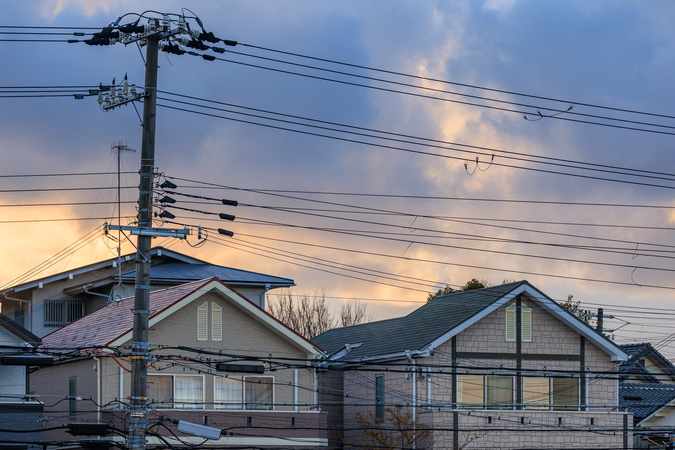Green Corridors: Linking Interregional Transmission Expansion and Renewable Energy Policies
Siting, permitting, and financing electric power transmission lines are expensive processes fraught with uncertainty. Therefore it is not surprising that investments in new transmission lines are limited and that some regions of the country experience transmission congestion, which raises electricity prices and diminishes grid reliability. If congestion were not a factor, the marginal cost of electricity generation, net of transmission costs and losses, would be homogeneous across the contiguous United States. Instead, several states in the Northeast, Southeast, and West face higher electricity prices than their neighbors, partly because grid congestion limits their capability to import power. This discrepancy is largely attributable to congestion on transmission lines that connect the coasts to the interior.
A variety of recent policy measures have been advanced to promote interregional power transmission investment in the United States, including designation of transmission corridors on federal lands in western states and the identification of national-interest transmission corridors across the country. Although these measures have been put forward as critical policy interventions to modernize an aging infrastructure, their effectiveness could be undermined by parallel policies, such as renewable portfolio standards (RPSs), designed to alter the landscape for new investment in generation capacity and address climate change concerns and other environmental issues.
As the electric power sector shifts toward greater use of renewable resources, transmission policies and renewable policies must be evaluated jointly. A new RFF discussion paper, "Green Corridors: Linking Interregional Transmission Expansion and Renewable Energy Policies," by RFF researchers Shalini Vajjhala, Anthony Paul, Richard Sweeney, and Karen Palmer presents the results of a scenario analysis of the relationship between the interregional power grid and renewables policies.
The authors assess the effects of state and national RPS policies on interregional power flows and the impacts of transmission expansion on the locations and types of new, renewable sources for electricity capacity additions.
Using the RFF Haiku Electricity Market Model, they find that the locations of transmission corridors could have a significant impact on the location, type, and marginal cost of generation in the future. Conversely, a national RPS would induce interregional power flows across the country significantly different from those that would prevail in the absence of such a policy. In particular, a national RPS would promote renewables in the West and shift power flows to the East.
The authors highlight the complex relationships between interregional power transmission constraints and renewables policy. The results of the scenario comparisons suggest that where federal agencies site new transmission corridors could have a significant impact on the locations of new renewable capacity. Conversely, policies that motivate different levels and locations of new renewable generation, such as state mandates and federal proposals for a renewable portfolio standard, could substantially affect the locations of interregional transmission congestion, which in part drives corridor prioritization. Their analysis suggests that whatever the policy aims, coordination between renewables and transmission policies is imperative if new measures are to be optimally effective on either front.
Authors

Shalini Vajjhala

Richard Sweeney





